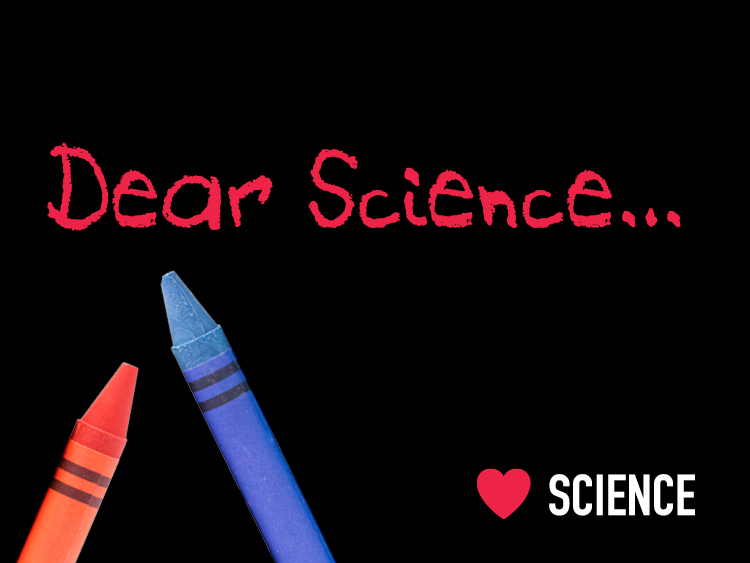Materials to Collect
- Sand
- Tray or flat surface for the sand
- Wooden block with string attached (taped/stapled)
- Water
- Pipette, or some way to dispense a small amount of water
Try it Out
- Put some sand on a tray or other flat surface, making it smooth.
- Place the block with the string on the sand and slowly pull it across the sand, noticing what happens to the sand.
- Re-smooth the sand, this time wetting the sand in front of the block.
- Slowly pull the block again.
- What did you notice? Was anything different?
What is the Science?
The dry sand piles up in front of the block due to friction. This pile, or “berm,” then makes pulling the block even harder because you now have to move the sand berm as well as the block. Adding a small amount of water to the sand forms something called “capillary bridges” — extremely small droplets of water that “glue” together individual grains of sand. This greatly reduces the friction, and the force necessary to move the block, by almost 50%!

Wall painting found in the tomb of Djehutihotep. Can you spot the person pouring liquid on the sand?
Ask Your Young Scientists
- What do you see when you pull the sled over dry sand?
- How is it different when the sand is wet?
- Why do you think it is easier to pull the block over wet sand?
More to Explore
Have your young scientist experiment with different amounts of water. What happens when you add too much? Too little? What happens when you use a heavier block? Do you need to add more water?
Stay connected! Be sure to subscribe to Down to a Science— The Official Blog of the Connecticut Science Center and follow us on social media.

Nick Villagra is a STEM Educator at the Connecticut Science Center, responsible for developing and delivering science experiences, including classroom lab programs, stage shows, and vacation camps. Nick holds a Bachelor’s of Science in Engineering from Swarthmore College. and has been a speaker at the New England Museum Association conference. Always looking to put a unique stamp on the Science Center’s offerings, Nick enjoys incorporating custom-designed 3D printed materials for students to interact with.



